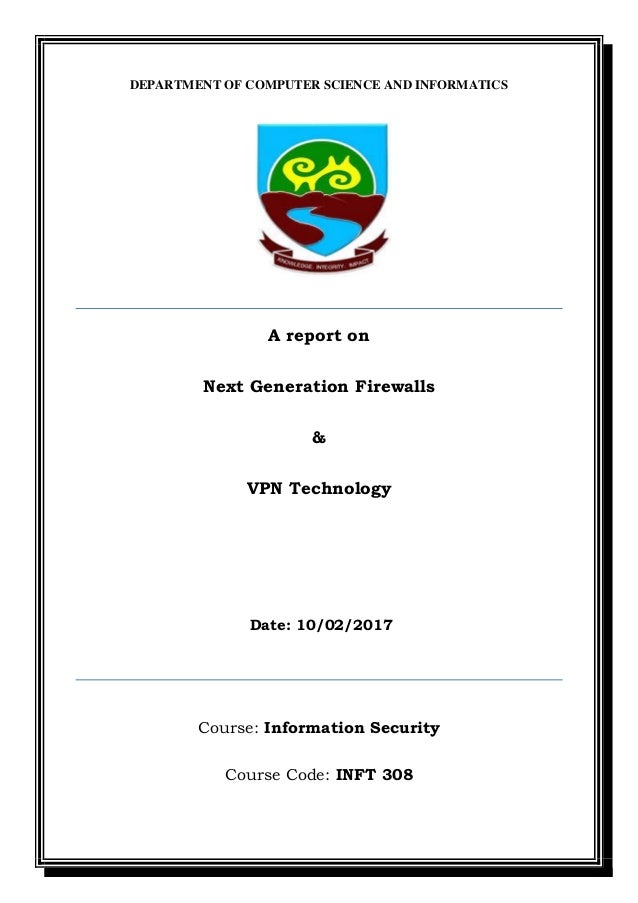


Next-generation firewalls are still in use today, and they offer a host of benefits that place them above their predecessors for on-premises network and application security. Needless to say, an enhanced, more intelligent security solution was in high demand.Įnter the NGFW, introduced by Gartner more than a decade ago as a “deep-packet inspection firewall that moves beyond port/protocol inspection and blocking to add application-layer inspection, intrusion prevention, and bringing intelligence from outside the firewall.” It touted all the features one would expect from a traditional firewall, but with more granular capabilities that allow for even tighter policies for identity, user, location, and application. They allow or block traffic based on port and protocol, leverage stateful inspection, and make decisions based on defined security policies.Īs advanced threats such as ransomware began to emerge, these stateful firewalls were easily bypassed day in and day out.

Traditional firewalls only operate on Layers 3 and 4 of the Open Systems Interconnection (OSI) model to inform their actions, managing network traffic between hosts and end systems to ensure complete data transfers.


 0 kommentar(er)
0 kommentar(er)
